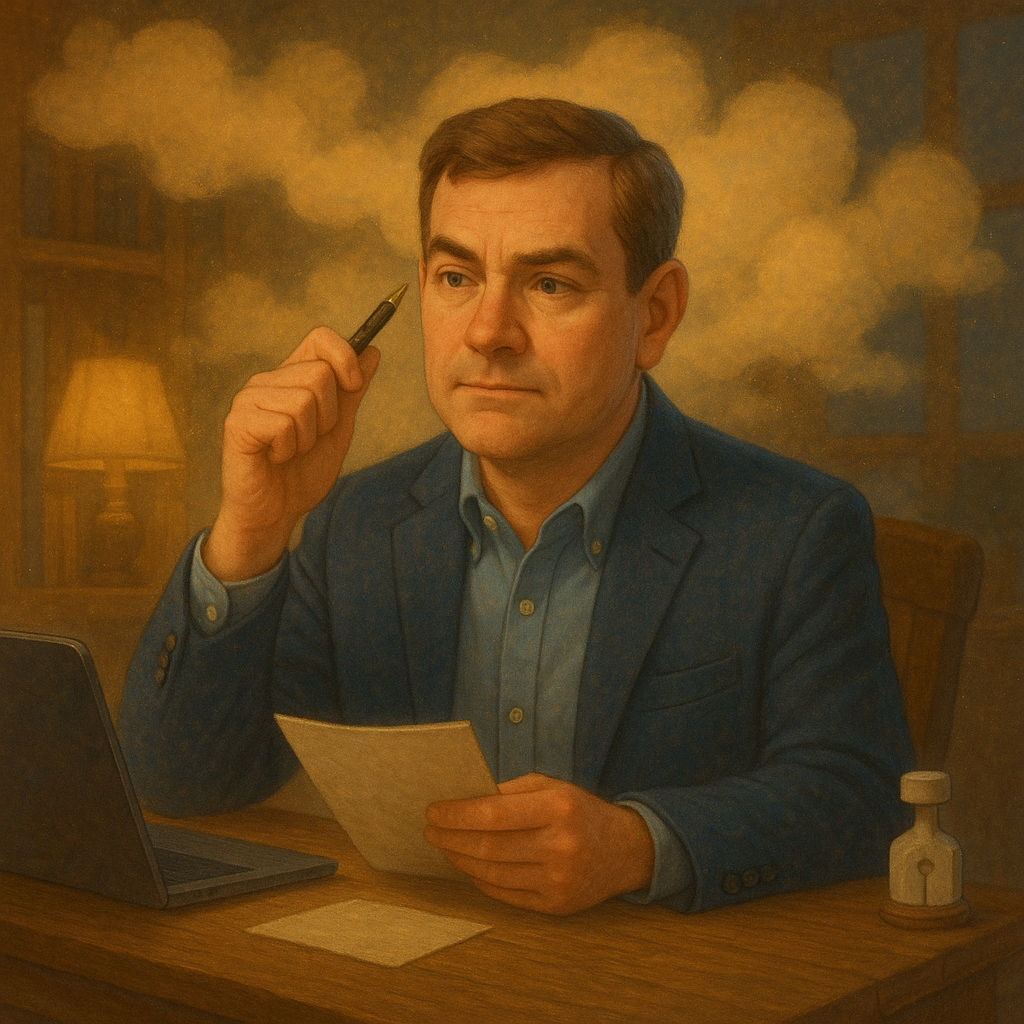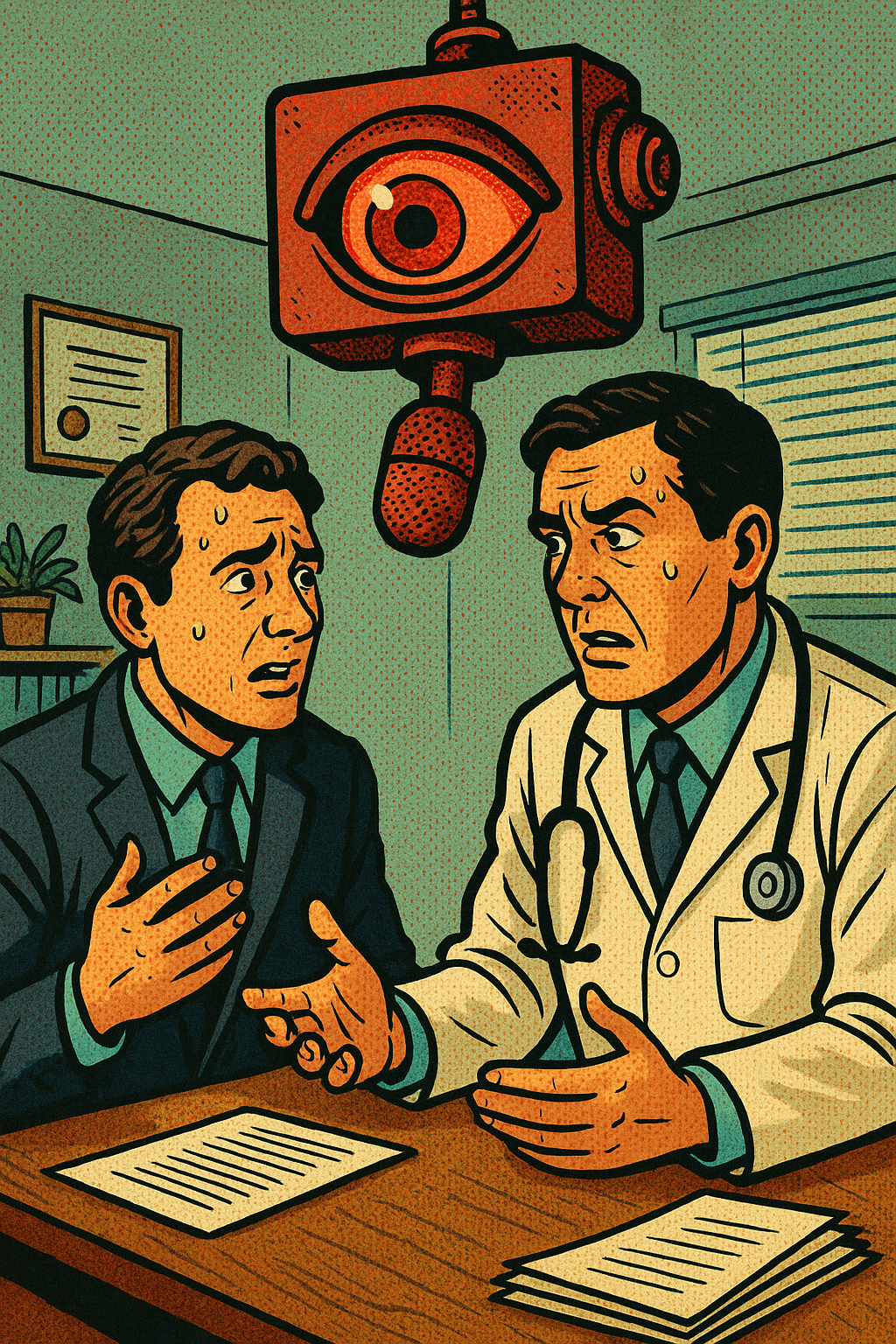Currents
AI and You and I
“It was the best of times, it was the busiest of times”

A full year has passed since my last article, though not for lack of ideas or industry developments. I kicked off last year with a goal to write more. For a while, I did just that—then business picked up… and before I knew it, a year had flown by.
Now that the dust has (momentarily) settled, I wanted to share what is current in our latest Currents.
I thought the best place to start was musings from the latest Pharmaceutical Compliance Congress (PCC) where AI was all the rage…
Experts Create Better Prompts
From the main stage, my friend Daryl Kreml provided an anecdote very similar to our experience with AI. With apologies for anything I misattribute, Daryl explained how he asked GenAI to develop a policy on funding for independent copay foundations. The first draft was appropriately formatted and well-organized, but lacked specifics to help control risk. Like someone new to the industry writing a first draft. A second prompt got closer, more akin to an experienced compliance professional. A third prompt focused on adding in controls from specific DOJ settlements, prompted based on Daryl’s own bank of knowledge and experience. On the third try, the GenAI pulled together a policy that could go forward more or less unedited.
It took 20 minutes, because of 20 years of experience.
How do we train the next generation to be experts?
This was one of my favorite discussions (from late at night at the hotel bar, where the best conversations take place). If experts do it best, how will the next generation learn to be experts once AI is everywhere? How do we ensure they develop the required knowledge and judgment to be elite users of AI?
These are difficult questions and while I don’t have the answers I thought I would share my thoughts on some key parameters.

On Tuesday, three members of our Class of 2026 internship program will join us for the summer. To put things in perspective, they were about 3 years old when the first iPhone came out. They cannot remember a time when they have not had access to an incredibly powerful computer in their pocket. While some of us Gen X’ers (and older) remember the days before the Internet when we had to memorize facts and dates, an entire generation has grown up asking Siri for any fact or figure (or DOJ settlement). Now Gen AI provides not just the knowledge of the Internet but a very strong helping hand. Our job as leaders is to provide our teams with structure to effectively use these powerful tools.
In the absence of memorized knowledge, we need to teach our teams to prime the AI by adding a research step to the queue of prompts, ideally before diving into the task. For example, before starting a policy on co-pay foundation funding, ask the AI questions about settlements and risks.
Prompts like:
- I am going to ask for help in drafting a policy on pharmaceutical companies providing funding to an independent co-pay foundation. Before you do so, can you provide a list of risks that companies should be aware of?
- Can you provide information on recent settlements related to co-pay foundation funding so I can brush up on the topic.
- What were the key findings from these settlements?
- What changes did pharmaceutical companies make based on these enforcement actions? What do enforcement agencies expect now?
- Can you help me write a policy in clear, easy-to-understand language that addresses these specific risks?
The results of this series of queries can be viewed here.
Where Do Compliance Professionals Fit in Today’s Post-AI World?
The most common question we heard was, “Do you think AI is going to take my job?” People across the country are thinking about this, not just Compliance professionals.
Compliance Programs are ultimately about behavior change. AI can help develop policies, procedures, communication, and training. AI monitoring engines can point out data outliers for further evaluation. But Compliance is more than just policies and training—it’s about persuading people to do the right thing. And monitoring is more than running algorithms to identify risk. It’s the ability to understand nuance and identify root cause(s) of observations to be able to make systemic changes, not “gotcha” compliance programs. We’re finding that meaningful change still requires interpersonal, human-to-human connections.
So here are some of the areas we think are unlikely to change soon and where we are focused right now. For our in-house colleagues and clients, these are also areas that are likely to remain AI-free for the intermediate time-period and may be good areas to focus career paths, especially for those that are earlier in their careers:

- Advisory services – Providing guidance on policy nuances and ethical decision making. Identifying ways to get to “Yes, if…”
- Writing clearly and visually engaging – AI is still not there yet. Gen AI may help at developing first drafts—but it’s not yet at the finished product level. Especially when combining content and design.
- Managing projects and gaining buy-in – Keeping the momentum moving on projects, especially on initiatives requiring cross-functional collaboration. Humans are much better at gaining alignment and negotiating win-win compromises.
- Live monitoring – Our clients value personal interactions and the ability to understand nuance. The idea of using audio-recording technology to monitor feels very Big Brother and very far away.
- Efficient processes – Leveraging technical skills to operate tasks efficiently. Become the expert at getting things done quickly and accurately. For us, this comes in a variety of managed services offering whether running transparency programs, transactional monitoring, or tasks like event review and approvals. Gen AI is a tool here but the expertise lies in knowing what to keep and what to throw away. Anyone else hearing Kenny Rogers in their head?
Reflections for Future Currents
If last year taught me anything, it’s that writing every month may have been an overly ambitious goal. This year, we’ll be mixing it up. You’ll hear from others across Potomac, with other voices joining the conversation—and likely, a little help from our friend ChatGPT.